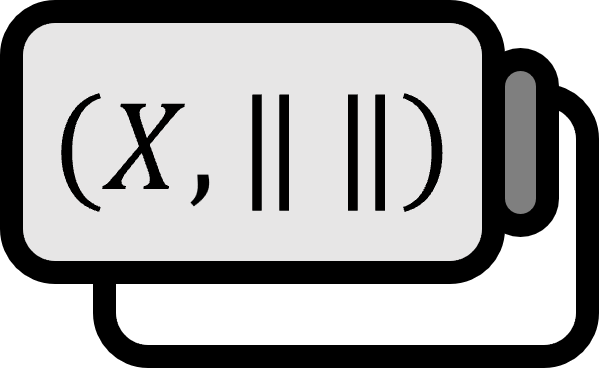프레드홀 적분 방정식
Definition1
The following integral equation is referred to as a Fredholm Integral Equation of the first kind.
$$ g(s) = \int K(s, t) f(t) dt \tag{1} $$
Here, $K$ is called the kernel. The following form is referred to as the Fredholm integral equation of the second kind.
$$ g(s) = f(s) + \int K(s, t) f(t) dt \tag{2} $$
Explanation
Solving the integral equation $(1), (2)$ typically means finding $f$ that satisfies $(1), (2)$ given $g$ and $K$. This is an inverse problem of finding the cause $f$ when the result $g$ is already known. Depending on the given function, the integral itself can be challenging, and solving it inversely is notoriously difficult. When the definite integral value $3$ is given, it is easy to see that there are infinitely many $f$ that satisfy the following condition.
$$ 3 = \int_{0}^{1} f(x) dx $$
Only when appropriate constraints are given, or when integral values over multiple domains are provided, can we find the exact $f$.
Erwin Kreyszig, Introductory Functional Analysis with Applications (1978), p319 ↩︎
